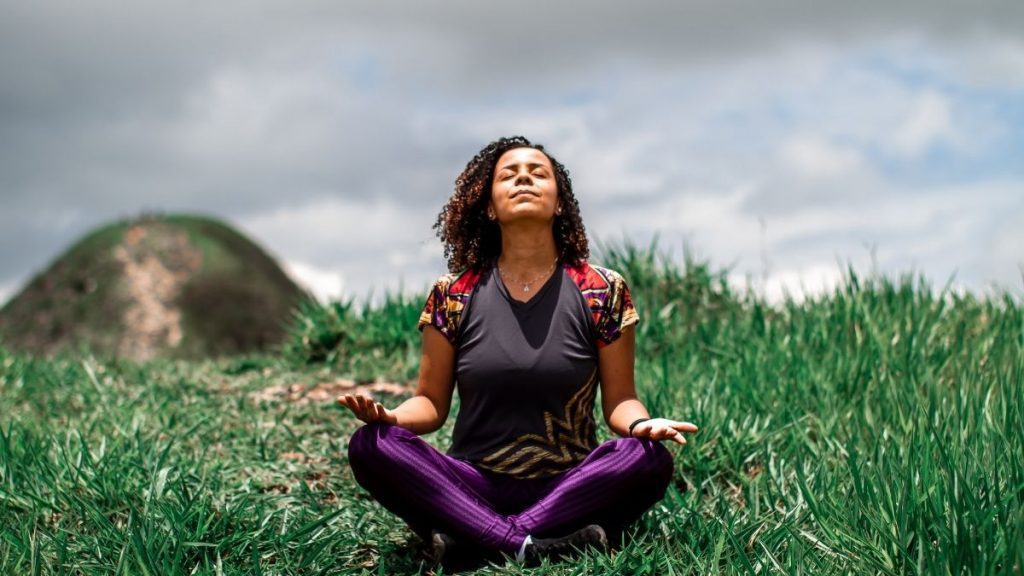
Pain medication is a necessity for many people who live with chronic conditions. If you have been experiencing pain for many years you will probably have run the gamut of pain relief drugs, from NSAIDs to opioids. However, many of us would prefer to cut down on the number of painkillers we have to take.
We recently interviewed Carole, who has lived with chronic back, neck and knee pain for over 35 years. She described her experience with prescription drugs:
Taking painkillers on a regular basis can lead to problems with addiction, liver damage, poor cardio-vascular health and many other side effects. And although prescribed pain relief drugs can and do play a vital role in dealing with chronic pain, there are a range of prescription drug-free ways that may help with pain and improve quality of life.
Managing Chronic Pain Without Medication or Drugs
Taking a more holistic approach to managing pain can mean lowering your risk of nasty side effects and putting less strain on your internal organs. Below, we look at some great medication-free ways that may help to ease chronic pain.
1) To Better Days Active Patches

To Better Days active patches contain a patented combination of vitamin D and dextrose that can help to improve the health of nerves, joints and muscles, allowing you to have a more active lifestyle.
The patches are stuck on the skin at the source of the pain, allowing the active ingredients to be absorbed straight into the muscles and surrounding tissue. They are all-natural, IBS-friendly and can be used in conjunction with other treatments. They also last for up to 24 hours, so you can go about your day and sleep through the night with reduced pain, not worrying about frequent re-application.
The patches come in two sizes with the larger patches providing great coverage for leg, back and neck pain and the smaller patches being nimble enough to target hands, ankles and other small areas.
2) Massages
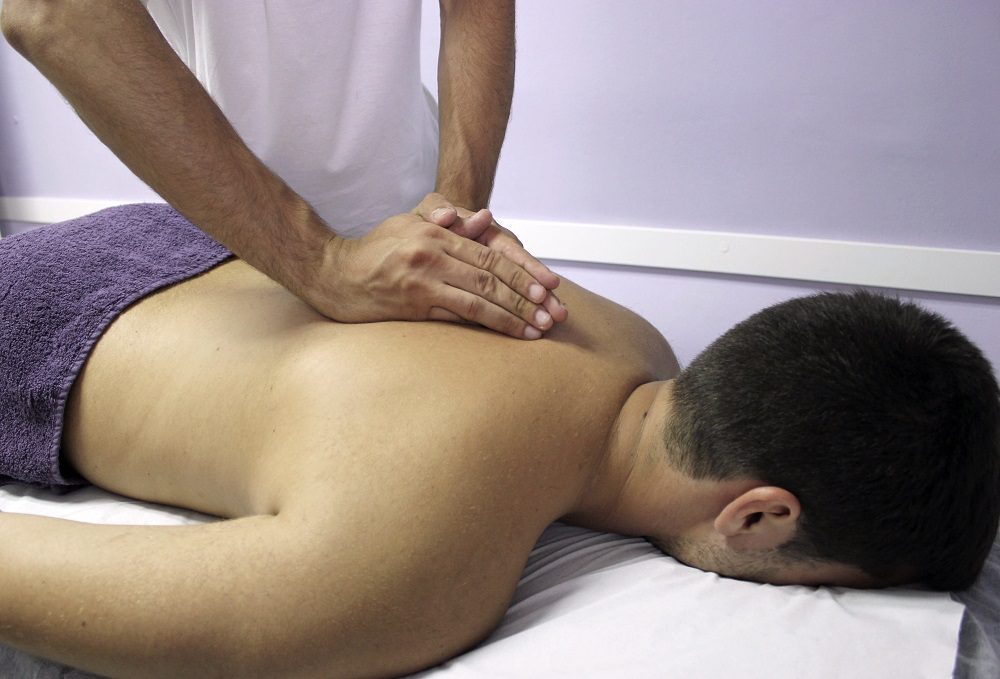
Having regular massages can be a fantastic way to ease tension and increase blood flow to problem areas in the body. There are a range of massage types for chronic pain, from Swedish and Aromatherapy massages geared towards relaxation, to deep tissue and Shiatsu massages for more intense muscle tension relief.
If the source of your pain is in an easy-to-reach part of your body such as your knees or feet, schedule in a bit of pamper time to work those areas with your hands to relieve pain if it feels good. Adding aromatherapy oils, suitably diluted with a carrier oil, can increase relaxation and reduce friction against the skin.
3) Proper Nutrition
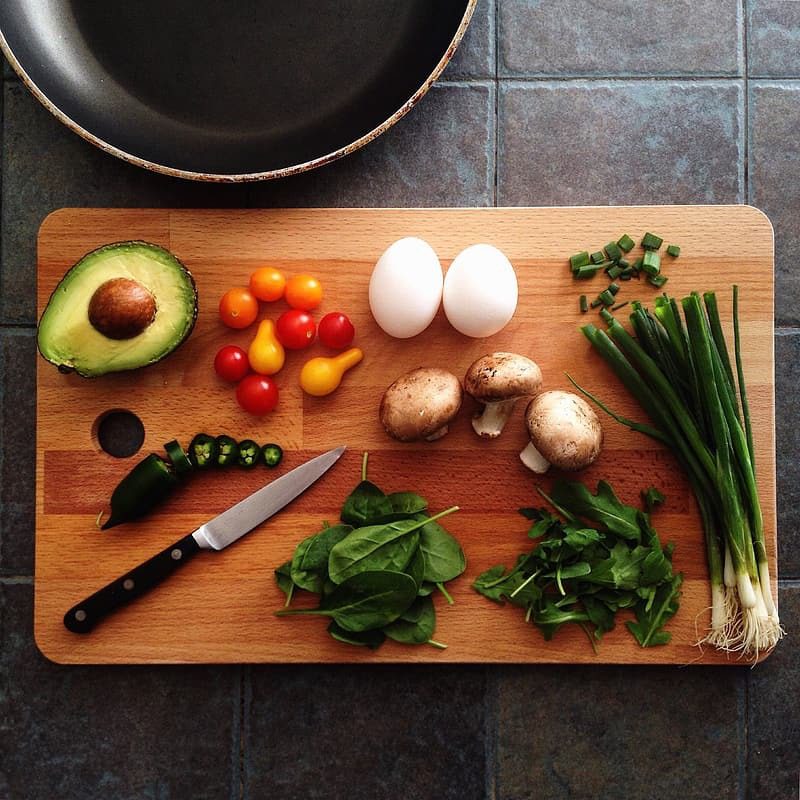
Getting the nutrients your body needs through a vitamin rich diet is beneficial for your overall health and certain ingredients are especially good at fighting chronic pain. Check out these healthy recipes to reduce back pain that use ingredients with anti-inflammatory properties like green leafy vegetables, fatty fish and dark coloured berries. Magnesium-rich foods like seeds and avocados are also a great way to look after your nerve health, boost your energy and reduce inflammation.
Swapping out white bread and pasta for wholegrain varieties with a lower glycaemic index may help with chronic pain. Foods lower down on the glycaemic index are digested more slowly, meaning blood sugar levels won’t rise and fall as dramatically, which in turn can help to reduce inflammation.
Try to avoid processed foods with high sugar or salt content and keep alcohol consumption to a minimum as these can worsen inflammation.
4) Maintain Good Sleep Hygiene
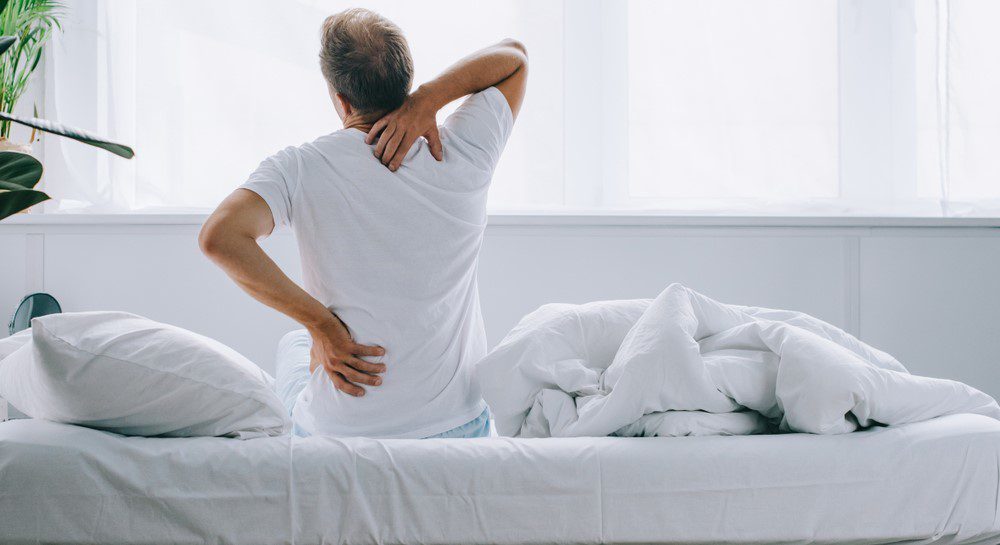
Sleep hygiene isn’t to do with cleanliness but rather the habits you establish to have a restful night’s sleep. Unfortunately, chronic pain and sleep deprivation can go hand in hand: your pain keeps you up at night and then sleep deprivation worsens symptoms, making you tired, anxious and less emotionally resilient to deal with your chronic pain the next day.
However, there are some routines and boundaries you can try to improve sleep hygiene and get that much needed shut-eye.
- Your bedroom should be an inviting, calming space without clutter or distractions.
- Keep your bed as a sleep zone – that means no working or watching television from bed – so that you think of your bed purely as a sanctuary for sleep.
- Regulate your sleep schedule so that you go to bed and wake up at a similar time each day, helping to condition your body to rest during the same hours.
- Avoid blue light from screens at least an hour before bedtime and reduce your intake of caffeine and sugar after lunch.
- Try drinking a cup of soothing chamomile tea and inhaling lavender essential oil to promote a sense of relaxation.
5) Exercise

Exercise can be unappealing and demoralising if you’re physically limited. When you are suffering from long term pain, putting yourself at risk of additional pain isn’t top of your list of priorities. But gentle exercise or physical therapy, like stretching and moderate cardio in the form of walking or swimming, are often recommended to people experiencing chronic pain in order to help decrease inflammation while increasing mobility. If you miss the social aspect of sport, it might be a good idea to take up a low-impact form of exercise that will allow you to be active without putting undue pressure on your joints.
For a home workout, try out this dead bug strengthening exercise to stabilise joints and improve core strength:
- Start on your back with your arms above you, like you’re reaching for the ceiling.
- Lift your feet into the air and bend your knees to 90 degrees. Engage your core by drawing your belly button down towards the floor.
- Extend your left leg down towards the floor without letting it touch. At the same time, extend your right arm towards the floor above your head. Return to starting position and repeat 10 times on alternating sides.
Any exercise that causes your spine to crunch, pinch or lift uncomfortably off the floor when lying flat should be modified, and remember to always engage your core to support your backbones.
6) Yoga and Meditation
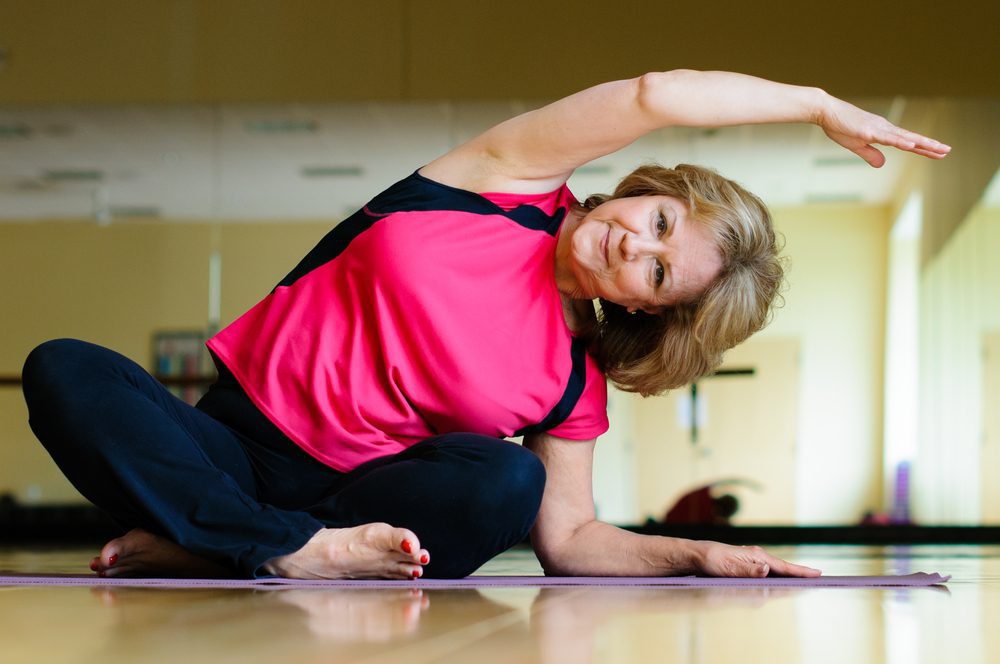
Yoga and meditation have been around for thousands of years and both are practiced by many today. Yoga focuses on flexibility, strength and balance and promotes both mental and physical wellbeing through a series of postures and breathing exercises. Try yoga for lower back pain to stretch out your hamstrings and in turn align your lumbar spine. Using your full range of motion through the various poses in yoga can help to prevent cartilage and joint decay.
Meditating regularly could be a helpful step towards managing chronic pain; some scientists argue that mindfulness may be a more powerful remedy than some of the most commonly prescribed painkillers. There are loads of guided meditation apps, programmes and podcasts available, in which a practitioner leads you through the process with the aim of achieving mental and physical healing. Meditation becomes a useful tool in dealing with pain signals by asking you to tune in to your mind body connection and look at the relationship you have with the type of pain you are experiencing.
Here’s To Better Days!
What are your thoughts on taking a holistic approach to pain management? We recommend talking to your doctor, physio or other pain management specialist about your options, both medicated and non-drug therapies, and see what works best for you.
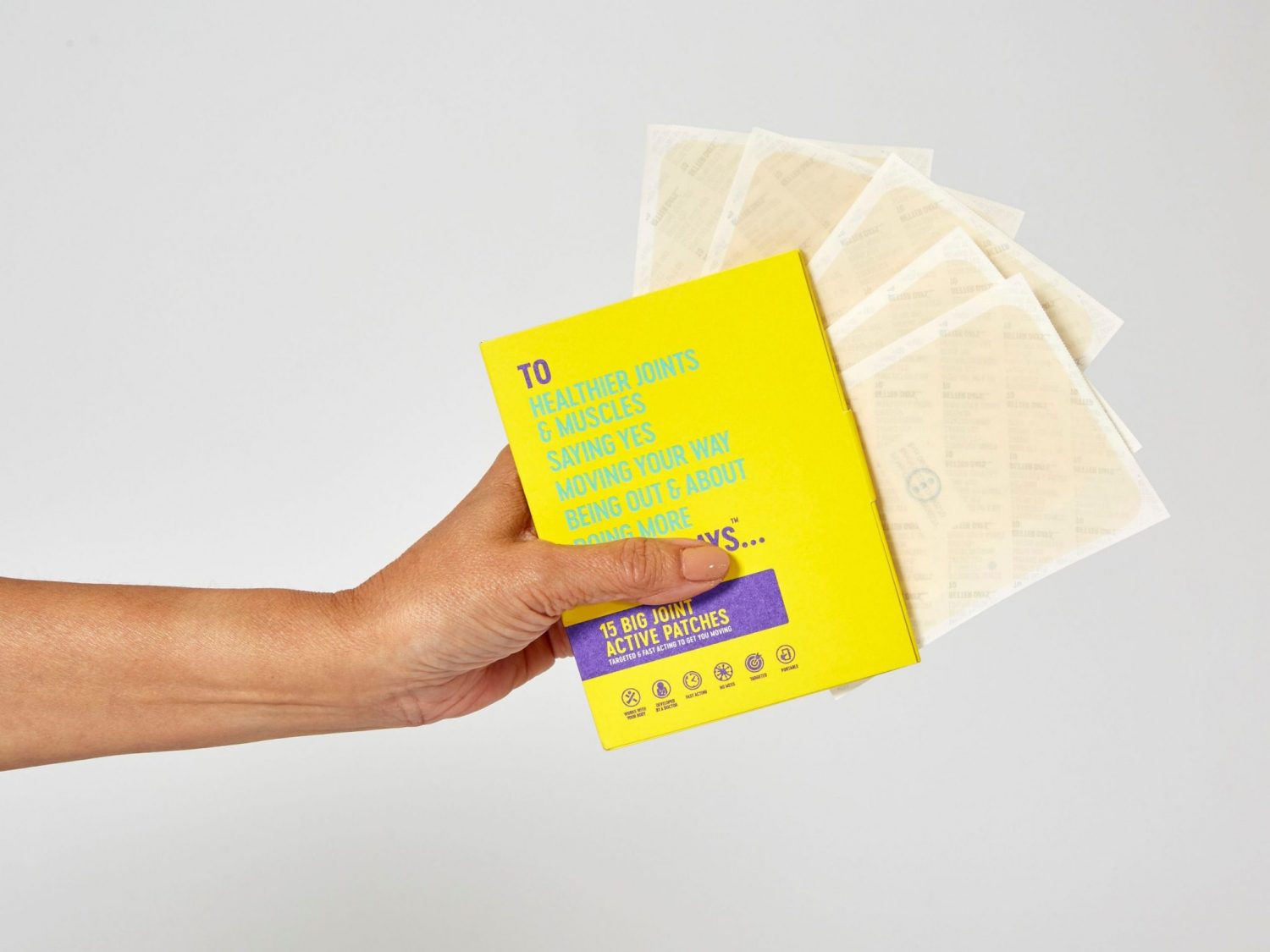
If you’re looking for information and inspiration about how to manage your pain holistically, take a look at the To Better Days blog. We regularly write articles about nutrition, sleep, exercise, wellness and pain management, as well as taking a deeper dive into the science behind pain and discussing chronic pain with real people in our ‘Personal Stories’ section.

